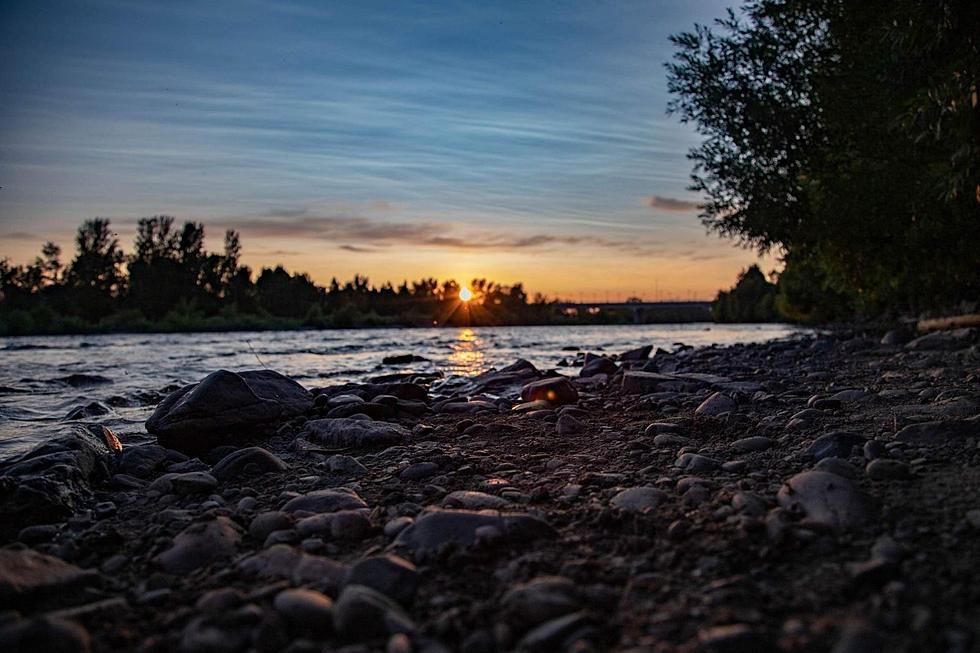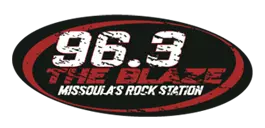
Kolb Describes Poplar Trees Issue at Missoula Treatment Plant
Several years ago, City of Missoula Officials planted a grove of poplar trees at the city’s wastewater treatment plant to help treat the water before it reentered the Clark Fork River.
On Thursday’s Talk Back program on KGVO, Forestry Scientist Dr. Peter Kolb said he is now on a committee to help decide what to do with all those poplar trees.
“The city just formed an advisory board for that poplar grove, and I'm on it and we had our first meeting Monday of this week,” said Dr. Kolb. “We went out and looked at it. Those trees are now eight years old. They're hybrid poplars. They're averaging somewhere between eight to 14 inches in diameter at about four feet off the ground, and I'd say they're probably about between 40 and 50 feet tall.”

Dr. Kolb said the original plan for the hybrid poplars was for them to be used at an energy plant in Oregon.
“When they were planted the whole idea was that there was an energy plant over in Oregon that had planted all the same hybrid poppers and was going to fuel the energy plant with these as well as provide wood fiber,” he said. “That all collapsed because it was a very energy intensive program and they would have had to irrigate these trees with millions of gallons of water out of the Columbia River which of course wasn't available. So that all shut down. There is no market for those (trees).”
Dr. Kolb said the advisory board is just beginning to examine the possible uses for the massive poplar grove.
“We're exploring alternatives of what to do with those,” he said. “I think they were planted a little bit under a false premise of carbon sequestration. These things grow fast, they die fast, and they decompose fast. So the net carbon sequestration is basically zero, because they just decompose and that carbon dioxide goes back in the air.”
Dr. Kolb said the options for the hybrid poplar grove are limited and could prove to be very expensive.
“The problem is that (the trees) are getting mature, they're starting to get some disease issues in there,” he said. “And so we're examining what the best solutions for this site might be and there are a whole lot of different options on the table for it. But one of the problems is to remove the trees; however removing those trees at this point in time would cost millions.”
Kolb told the Talk Back listeners that he believes the members of the advisory board will do everything possible to solve the issue.
“The folks that are involved with this are all really good smart people and they're looking at alternatives,” he said. “They are trying to do the best job possible. I think the project was pushed a little prematurely when it was begun without good thought on the long term solution.”
The treatment plant and the poplar grove are located on Clark Fork Lane adjacent to the Clark Fork River.
The newly established 'authorized homeless encampment' is also located in the same area.

